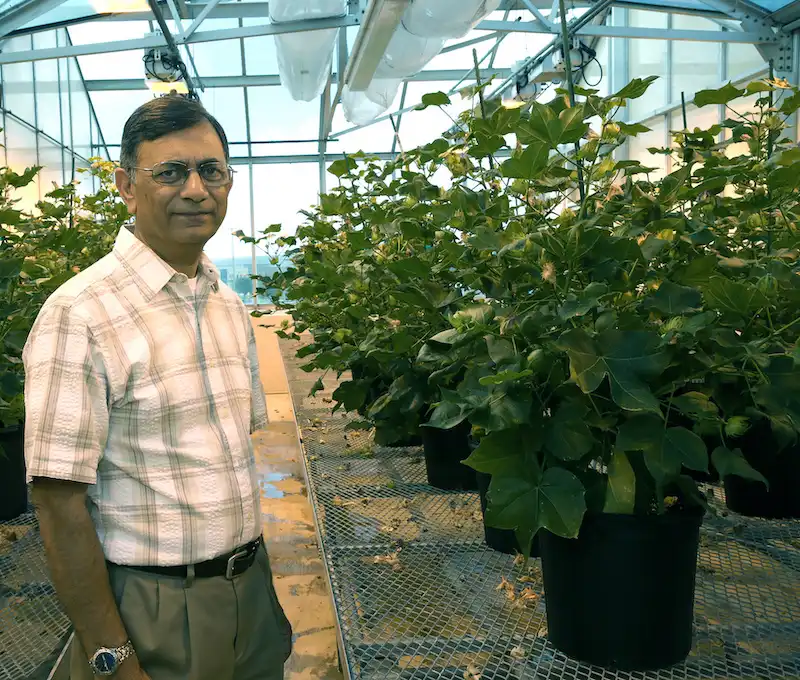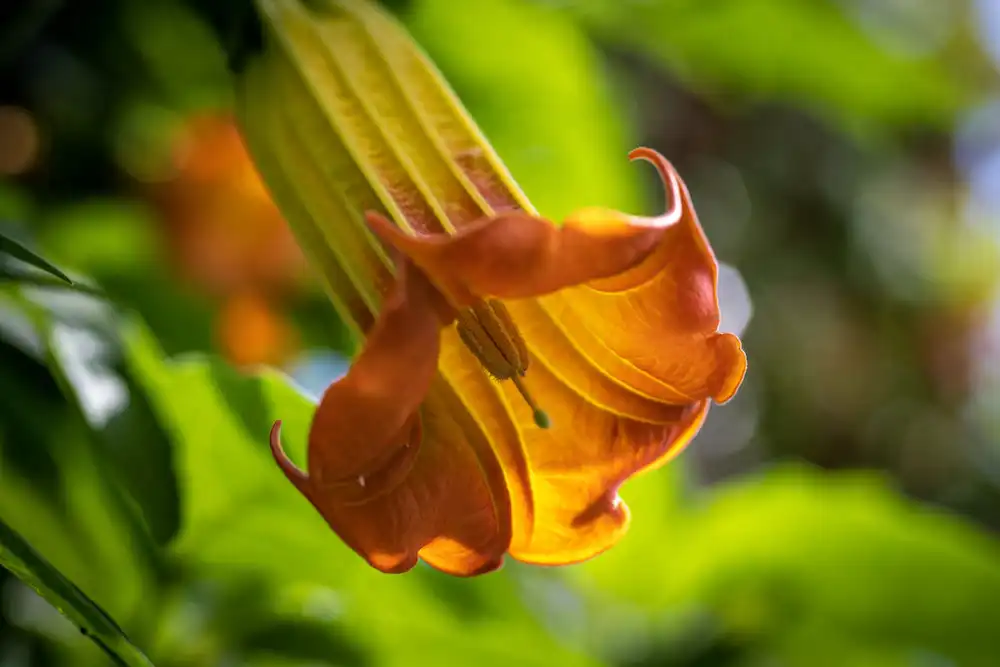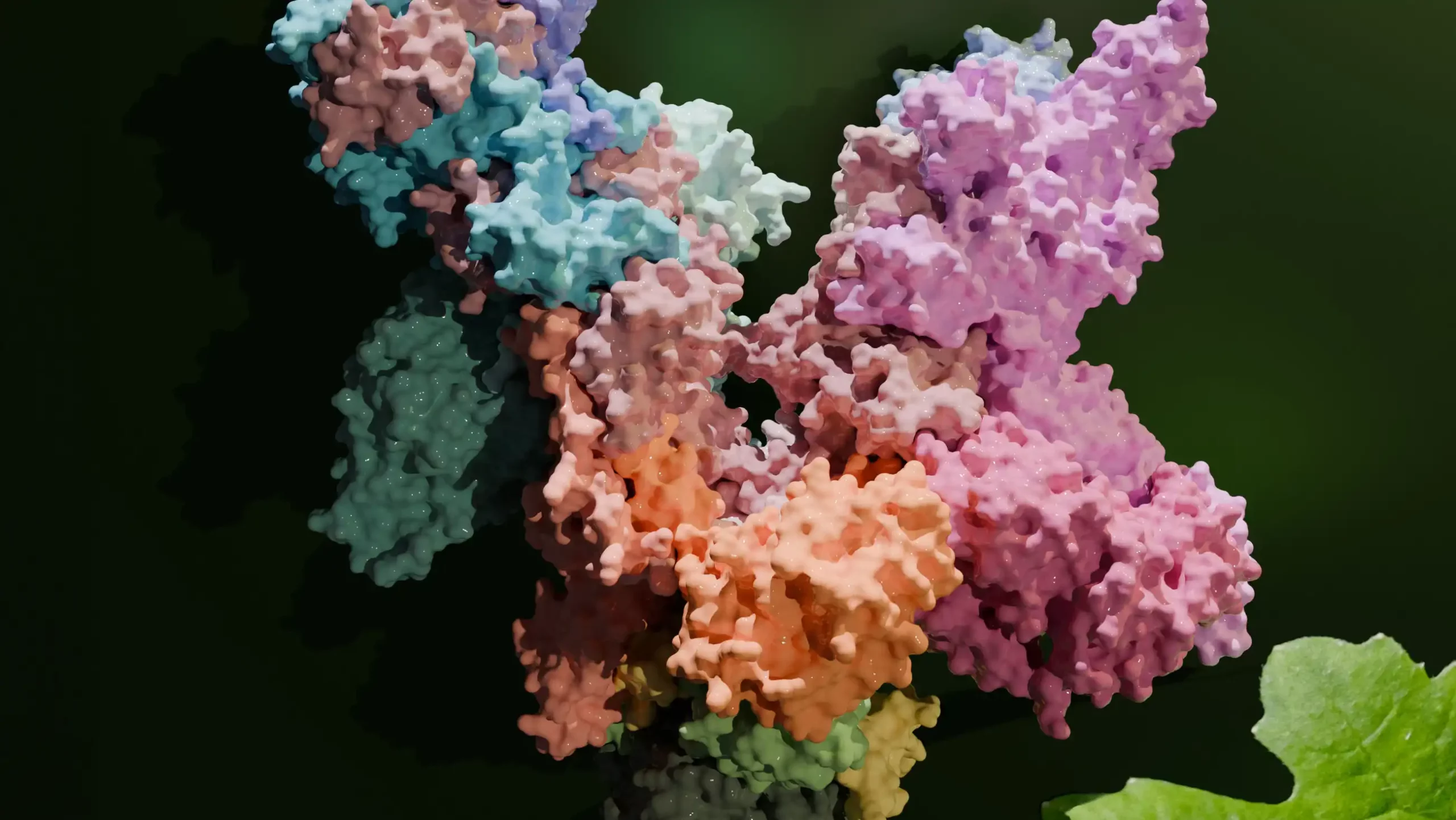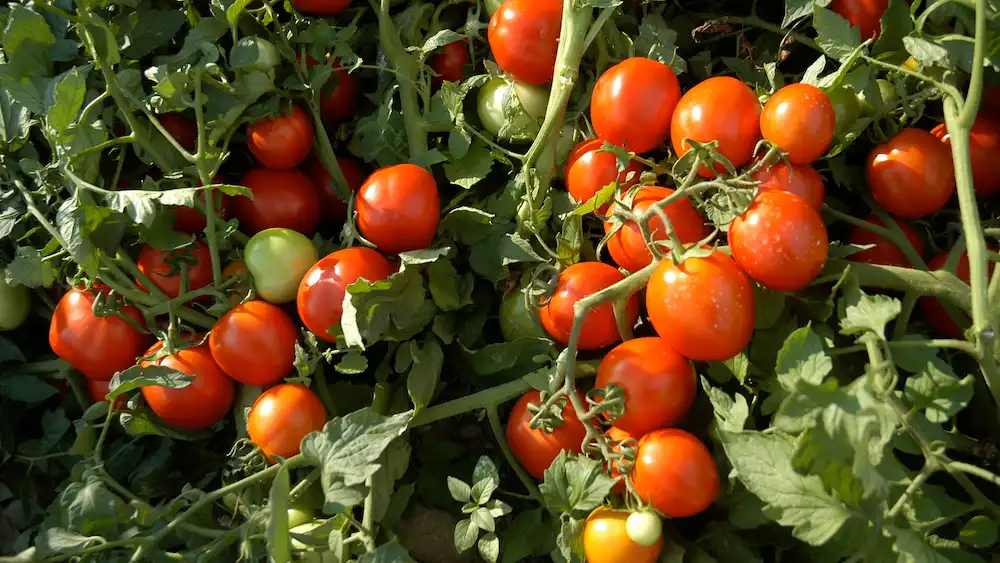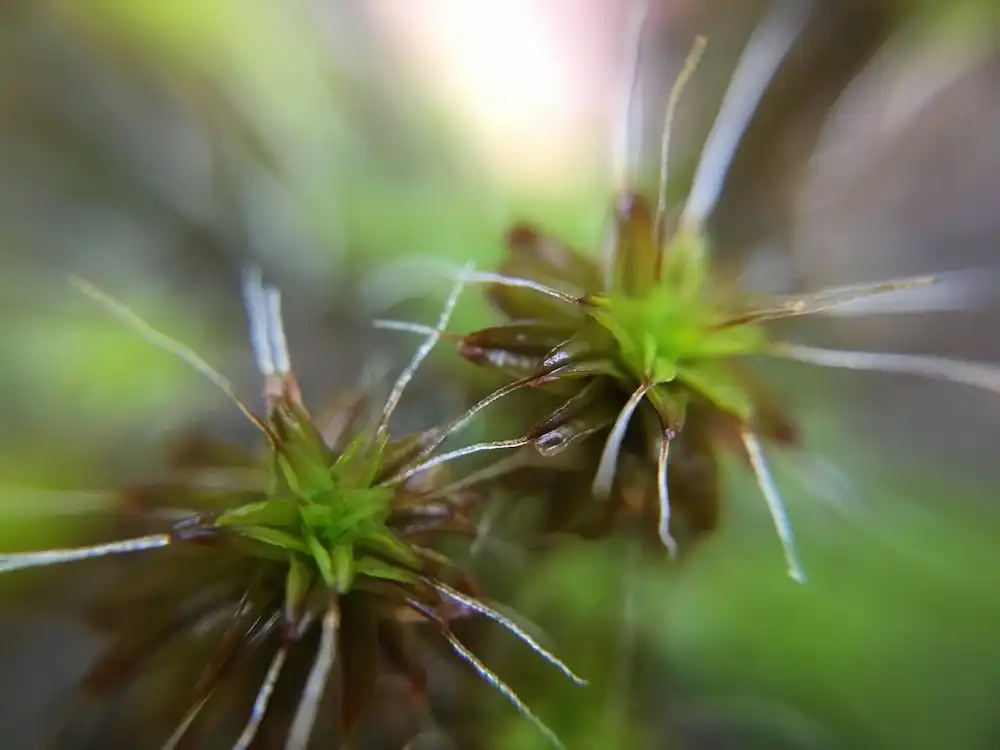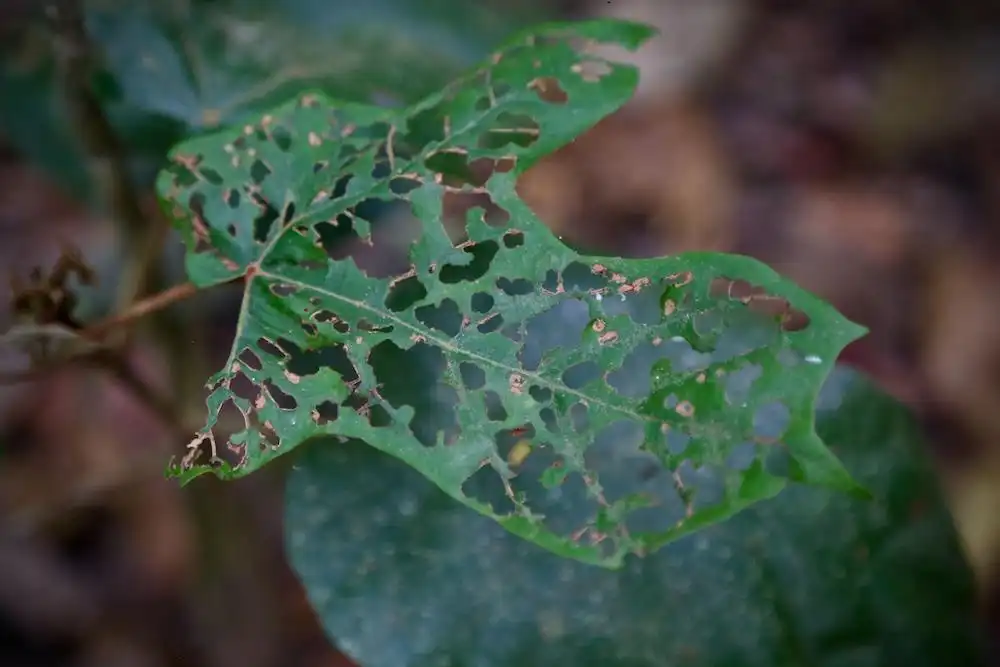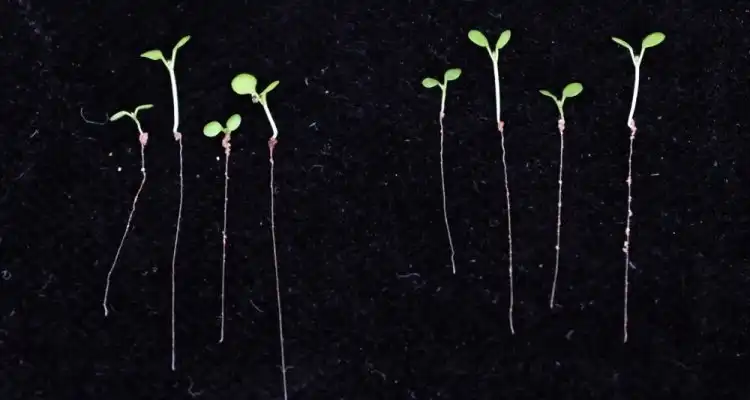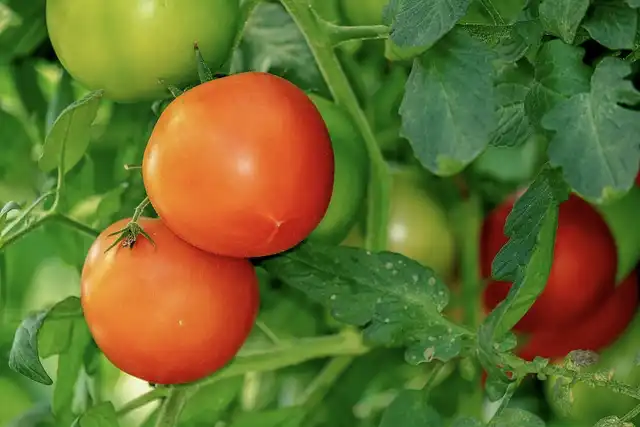
Tomato plants emit hexenyl butanoate (HB) to resist bacterial attacks independently of traditional hormones. HB protects against drought and diseases like Pseudomonas syringae in tomatoes and Phytophthora infestans in potatoes. This discovery offers sustainable solutions for crop protection and growth.
Read More


